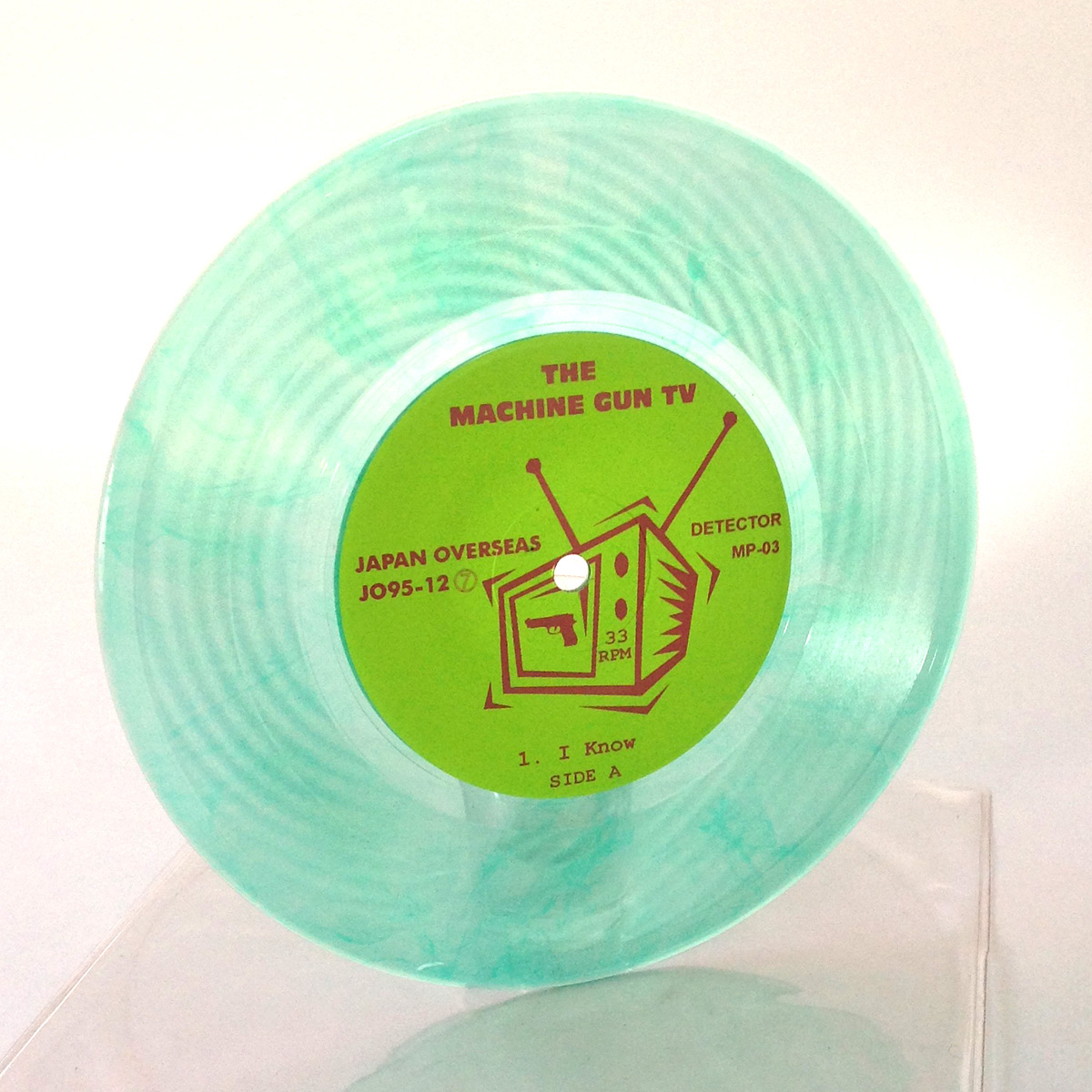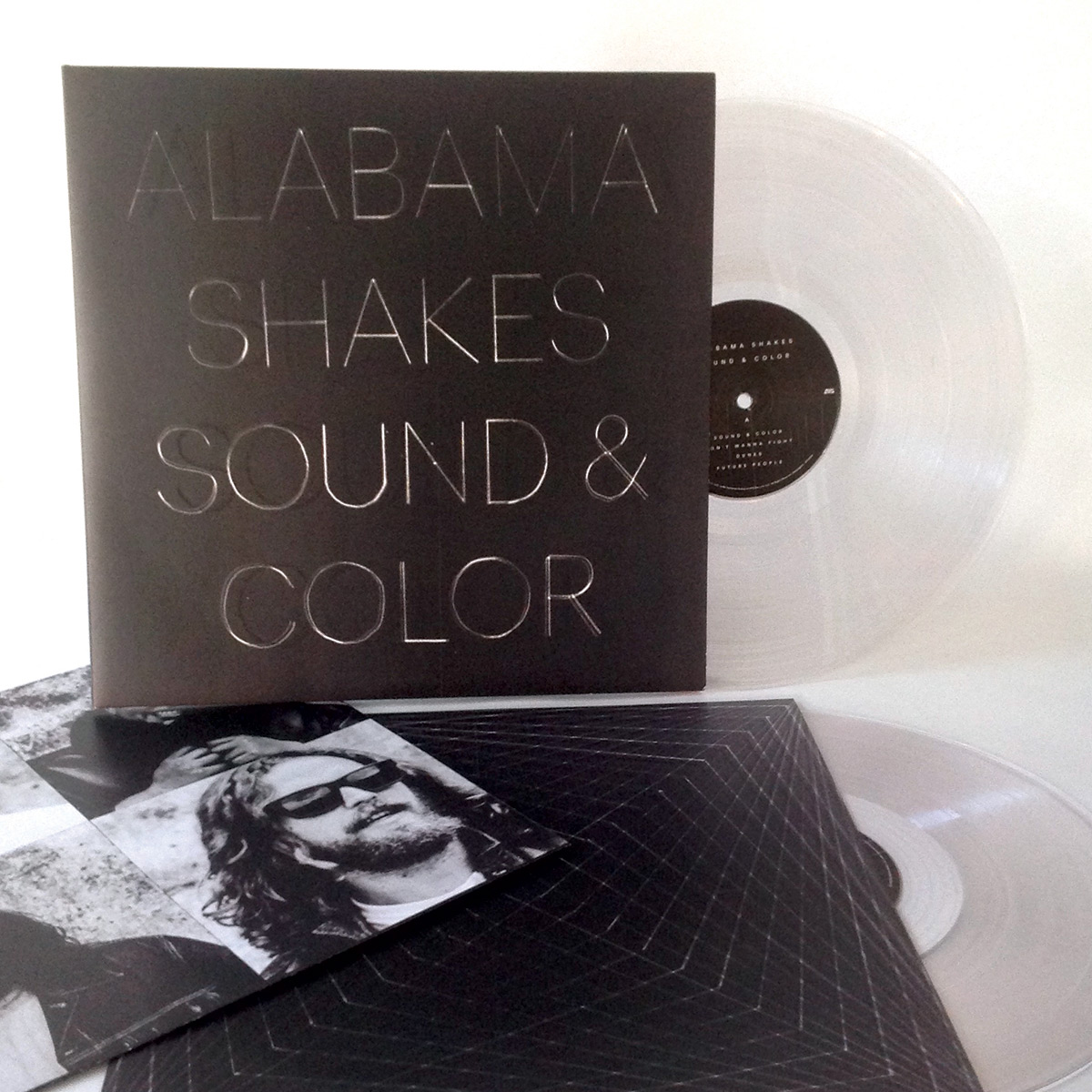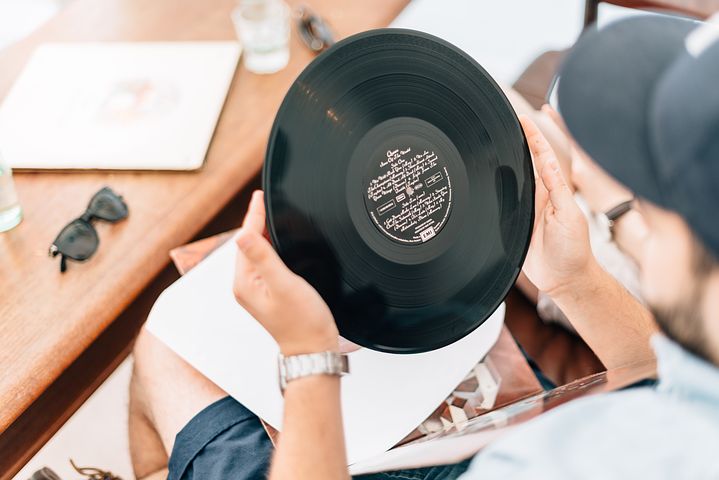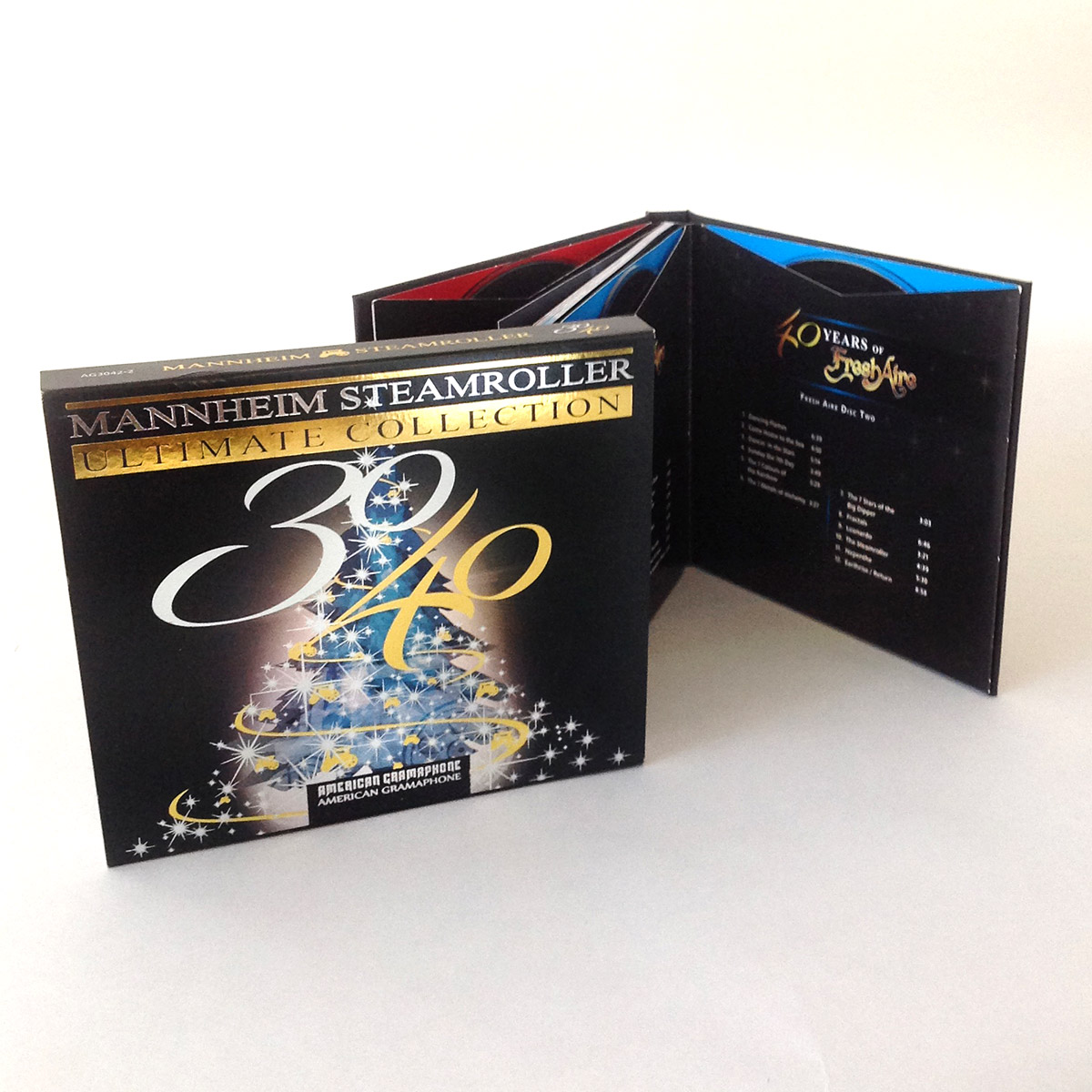Let our new record pressing division "Indy Vinyl Pressing" vinylize your music! Check our Indy Vinyl Pressing website for complete information and color charts.
We provide custom vinyl LP pressings in a kaleidoscope of vinyl colors to choose from! Custom marble, splatter and picture disc LP pressing options available. Chose 140 gram or 155 gram LPs that meet your specs! Or try 180 gram vinyl pressings for sonically elite records!
Not only do we provide full color printed single and gate-fold album jackets but we have a graphics team on staff to convert your CD art to album jacket art OR design an album concept from scratch! You want a hologram image of your face jumping off the album cover!?!?! We can create it!
We'll make it convenient to give your fans a free MP3 copy of your LP, with affordable MP3 hosting, download cards and "Free MP3 download" stickers for your LP distribution!
FREE T-SHIRT WITH EVERY ORDER!









